Restorations and Rebuilds
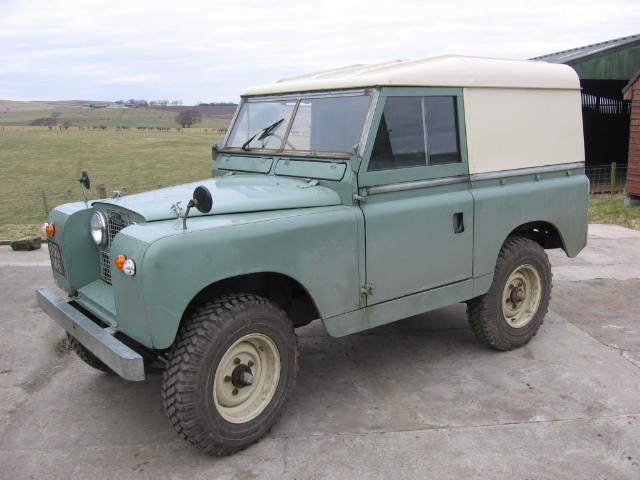
|
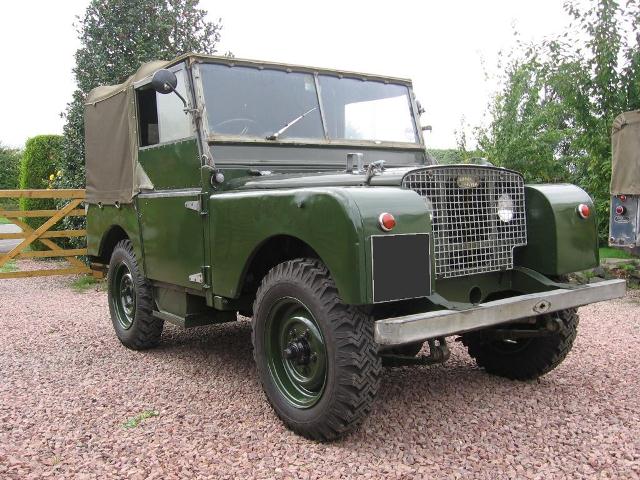
|
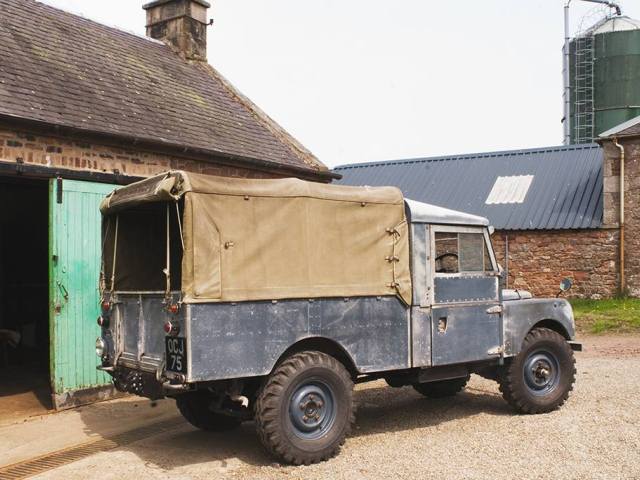
|
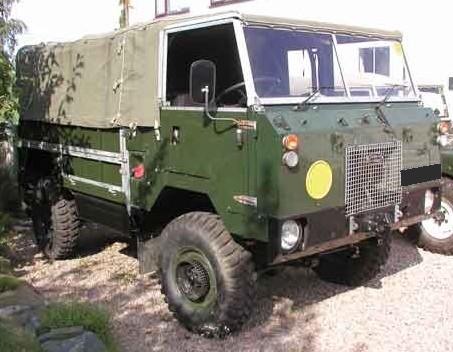
|
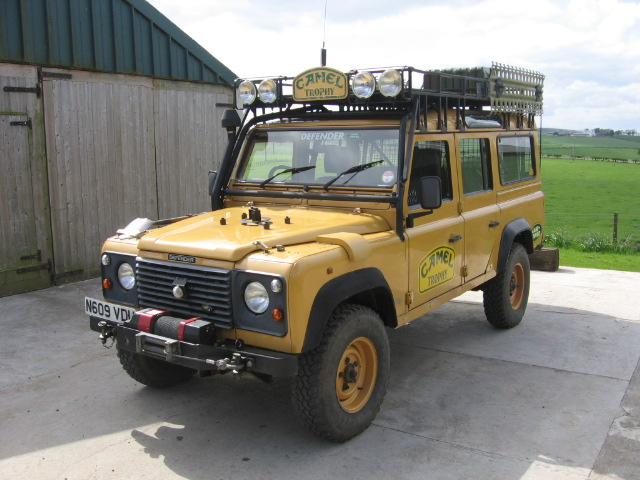
|

|
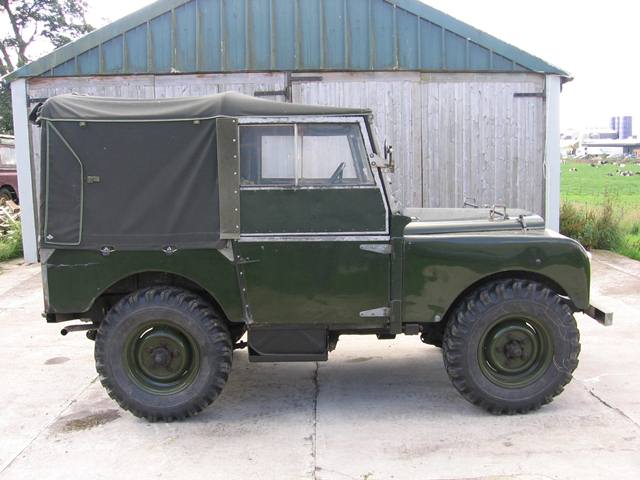
|
1959 Land Rover Series Two 88" Hardtop with Tdi Conversion

|
This 1959 Series Two 88” diesel is my own personal Land Rover. I use it everyday from short trips to the shops to longer runs around the Scottish Borders. The Land Rover left the factory as a light green 2.0 litre diesel soft-top but was soon converted to a hardtop. This early hardtop is still on the Land Rover and differs from later hardtops by not having any rear windows. Interestingly Land Rover have recently started making hardtops without rear windows again for utility Defenders. The 2.0 litre diesel engine was eventually replaced with a 2.5NA diesel that had been rebuilt by the MoD. This required the right-hand chassis engine mount to be changed to avoid the injector pump. The right-hand battery box was raised and the oil-bath air filter mount removed to clear the timing cover and injector pump. The left-hand battery box was removed and a 2.5NA air filter was fitted in its place. The chassis is largely original, apart from a replacement fuel tank outrigger, rear crossmember and a repair to crossmember behind the gearbox. The bulkhead has had replacement door pillar feet fitted and attention to the footwells but no work has been required elsewhere. The complete braking system has been renewed with all new cylinders, CuNi pipe with brass unions and a Series III Servo pedal assembly. We retained the 10" drum brakes all round and single line hydraulic system as it is easy to maintain and gives perfectly adequate braking performance. |
|
Lately the replacement 2.5NA diesel engine was starting to get tired and so we decided it was either time for a rebuild or a new engine. We had a good 200Tdi engine sitting in our store and decided it would be a nice project to convert the Land Rover to Tdi power. Some might cringe at the thought of modifying a relatively original early Series Two, but given that the engine had already been changed and the 200Tdi is a direct descendant of the original 2.0 litre diesel, then it is quite a fitting conversion. The 200Tdi engine was originaly from a Defender 110. This made the installation relatively straightforward, especially as the right-hand chassis engine mount had already been changed to suit the 2.5NA engine and the battery box modified to clear the timing cover and injector pump. As the 200Tdi engine had been sitting in our store for a while, we stripped it down for inspection, replaced any worn parts and fitted a new head gasket, timing belt, changed all the oil seals and fitted a 9.5” Series IIA diesel clutch. We also fitted the waterpump from the 2.5NA engine, which had already been converted to take a standard Series Two fixed cooling fan. The Defender thermostat pipe was replaced with a Series III item, which had been modified to work with the 200Tdi thermostat. |
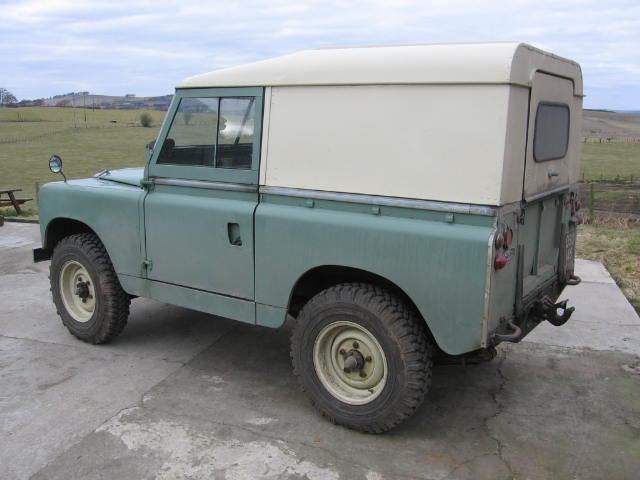
|
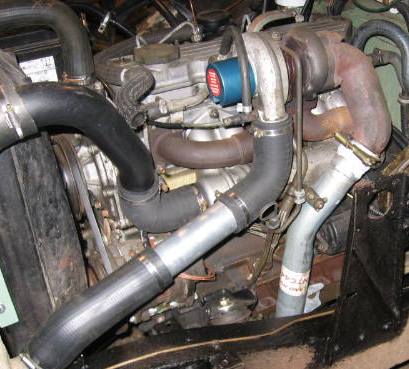
|
We have taken time to make the installation neat and tidy and used as many off-the shelf components as possible to keep costs down and make future maintenance and repairs straightforward. The direct injection Tdi engines have a reputation for being noisier than the earlier indirect injection diesels. They do have a slightly harsher note and can cause significant vibration in the cab if care is not taken in the choice of engine and gearbox mounts. We chose to fit genuine Defender engine mounts rather than the hard original Series Two diesel mounts (Note that the LH engine mount bracket will need a small amount of modification if Defender engine mounts are used). Once the engine was fitted into the Land Rover we started to look at the ancillaries. We decided to retain the Series III radiator as it was relatively new and the Defender engine can be plumbed into the radiator using standard Series III hoses. The Series III radiator has about the same area as the Defender Tdi radiator but with vertical flow rather than horizontal. The alternator and mounting bracket from the 2.5NA diesel bolted straight onto the 200Tdi and the pulleys on the crankshaft, alternator and waterpump all lined up perfectly. We had removed the power steering pump and bracket from the engine as it was not required. |
|
We made a decision to run the 200Tdi without an oil cooler. Although the turbocharger will put heat into the engine oil, given that the engine will have a much easier life in a light 88” Land Rover rather than in a heavy Defender or Discovery we decided that an oil cooler would not be required. It makes the installation simpler and also negates any future problems with leaking oil cooler hoses. I should say though that if we were fitting the Tdi engine into a 109 or if the Land Rover was to be used for heavy towing then we would fit an oil cooler for peace of mind. We removed the oil filter thermostat assembly and fitted blanking plugs to the oil cooler inlet/outlet. Please note that if you blank off the oil cooler ports on a Tdi oil filter head then it is important to remove the oil thermostat otherwise oil starvation may occur when the engine oil is hot. We thought long and hard about the intercooler and eventually decided to mount a Defender (300Tdi) intercooler in front of the radiator to the side and managed to keep relatively short hose/pipe runs to the turbo and inlet manifold using standard Defender intercooler hoses, top pipe and one non-standard straight pipe for the turbo to intercooler connection. The radiator panel did need to be modified slightly to fit the intercooler, but we strengthened it to maintain rigidity for supporting the radiator. Although not fitting an intercooler would make the Tdi installation a lot easier, I would not recommend it as the raised exhaust gas temperatures can cause problems with the valves, pistons and alloy cylinder head. |
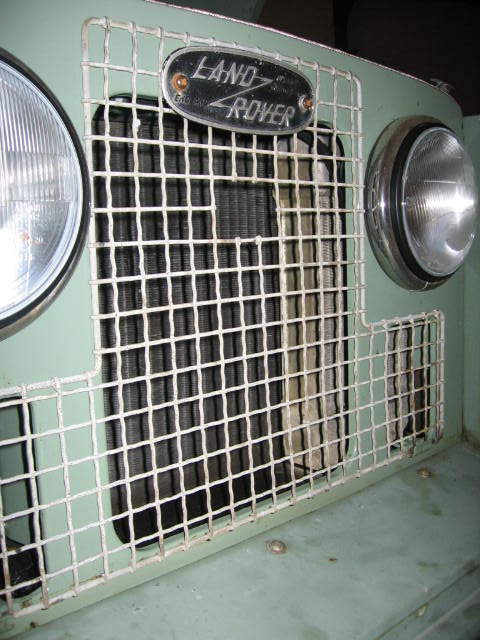
|
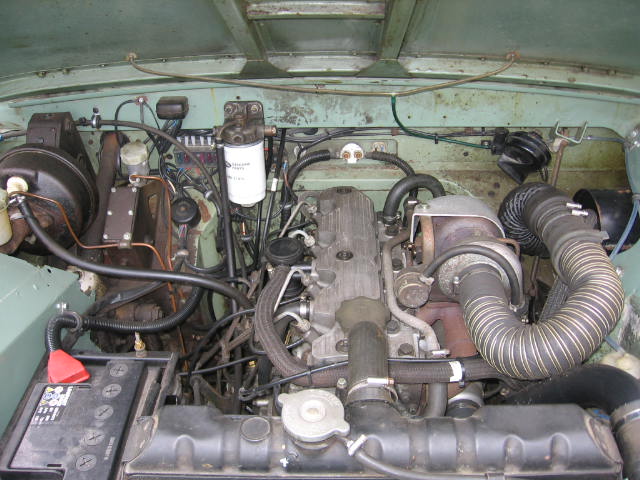
|
As the battery box had already been modified for the 2.5NA diesel engine installation we were able to keep the battery located in the engine compartment. We were keen to keep the battery in the engine bay rather than relocate it to the passenger seatbox tool locker as it makes access for jump starting easy and also the tool locker is valuable storage space. The wiring was very straightforward as we had already fitted a later style multi-pin plug from a Defender to the Series Two wiring loom and so just needed to plug in to the the 200Tdi engine loom. A Tdi fuel filter housing was bolted onto the bulkhead in place of the old CaV filter and the existing fuel lines attached. The original round Smiths heater was plumbed into the Tdi engine using a Series IIA 'z' shaped heater hose running to the top heater pipe and a trimmed Series Three heater hose connecting to the cylinder head union The original oil bath air filter was not really ideal for The Tdi engine and so a standard 200Tdi Defender air filter housing was used and mounted on the passenger footwell. Access to the air filter element is good but the air filter and crank breather hoses do need to be extended to reach the air filter housing. |
|
For the exhaust we attempted to constuct a system from as many off-the shelf sections as possible whilst routing the exhaust neatly and maintaining ground clearance. After sorting though the workshop stores we chose to use the downpipe from a TurboD Defender, a TurboD 110 plain mid-section and a TurboD 110 tailpipe with small silencer. There was not room to fit a centre silencer and as the turbo offers some exhaust silencing we expected that just the one small silencer in the tailpipe would be sufficient. In order to join the downpipe to the mid section we shortened another plain mid-section and welded fittings on each end.
The downpipe, mid-section and tailpipe/silencer are all standard Land Rover parts and so easily available and relatively cheap. This is especially important for the tailpipe, which always seems to be first to corrode as the silencer collects moisture, it runs cooler and is exposed to spray from the rear wheel. |
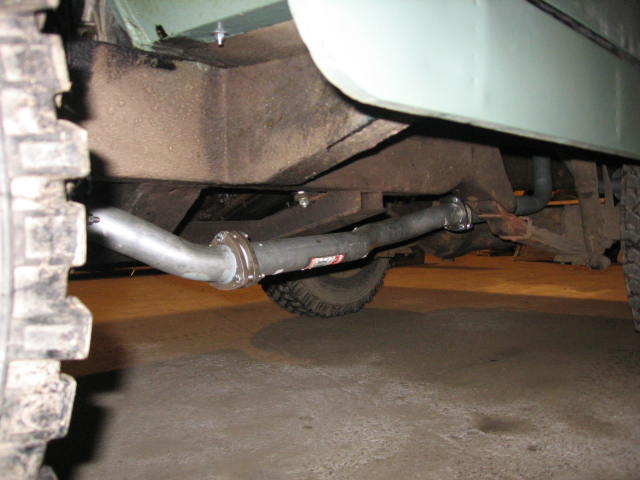
|
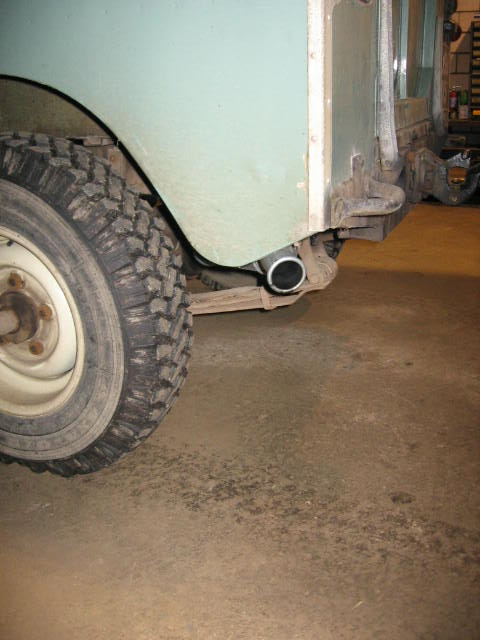
|
Brackets similar to those on a Defender were fabricated and welded onto the crossmember behind the gearbox and on the rear main left-hand chassis, just in front of the rear crossmember. This allowed us to use modern Defender rubber exhaust hangers which are compatible with the TurboD exhaust sections and also help isolate any exhaust vibration from the chassis. The Defender exhaust hangers also seem to be more robust than the old Series Two style hanger assemblies. The exhaust routes neatly under the Land Rover and the tailpipe rises over the rear axle, giving plenty of clearance for axle articulation. Ground clearance is not compromised and the exhaust keeps above the lowest point of the chassis at all times. The exhaust exits on the left-hand side behind the rear tyre in a similar manner to a Defender and so does not look too out of place. |
|
How does it run? Well we find it slightly quieter than the old 2.5NA diesel, mainly due to the Defender engine mounts and the extra torque from the Tdi allowing you to use lower revs and higher gears. Performance is very good, as you might expect, and the fuel economy is excellent, averaging around 39mpg. It starts much better than the old 2.5NA engine too and rarely needs the heater plugs unless the weather is very inclement. The gearbox is showing no problems at all, but we are careful not to use too much power while in the lower three gears given that the Land Rover still has its original gearbox with the smaller layshaft bearings. The exhaust system has proved to be a real success, large enough diameter to allow the turbo to spool up quickly whilst producing a nice unobtrusive exhaust note. |
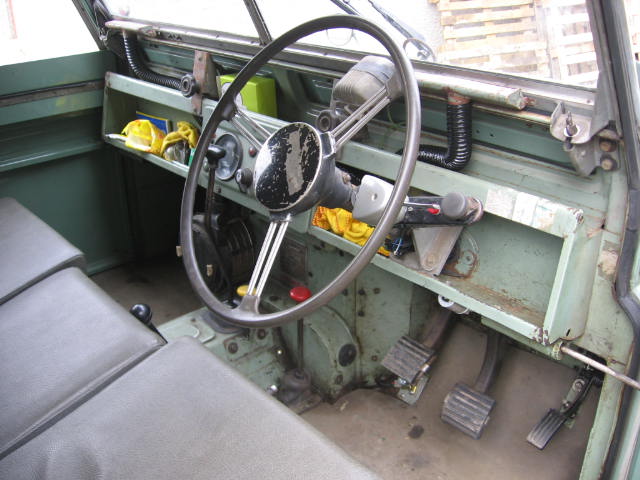
|
